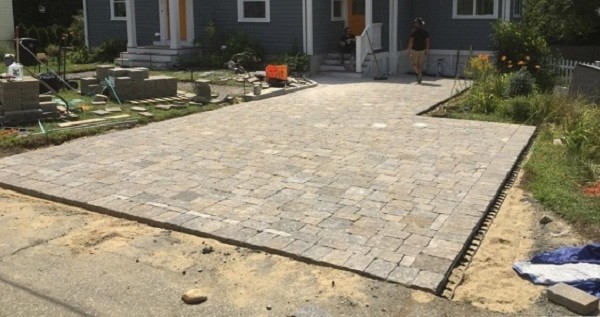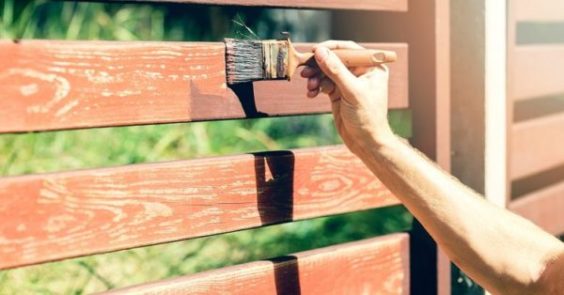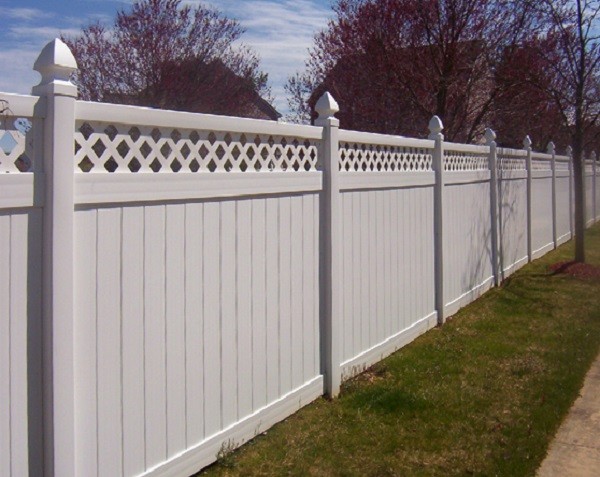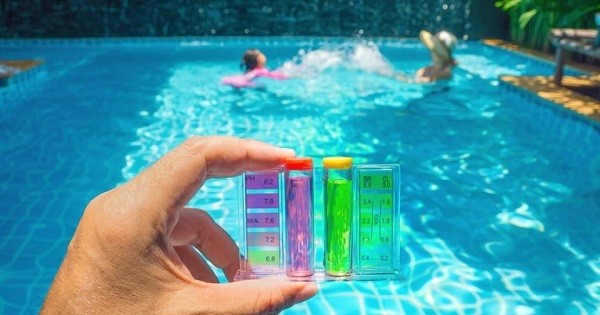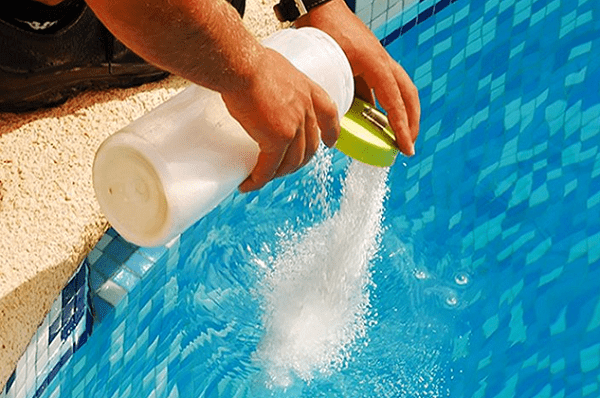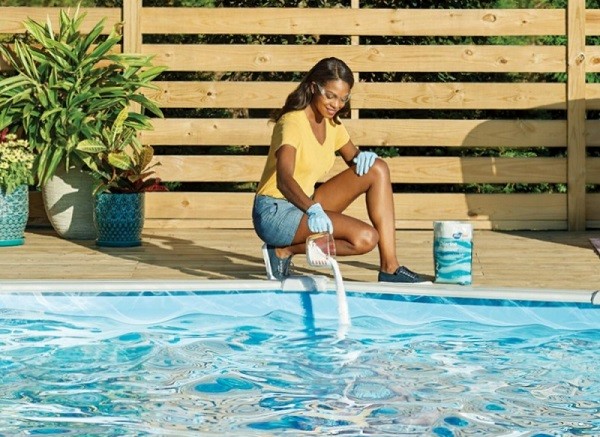Some of you may just go to the nearby hardware store when you are planning to buy a garden hose. You just buy one and bring it home without any further considerations.
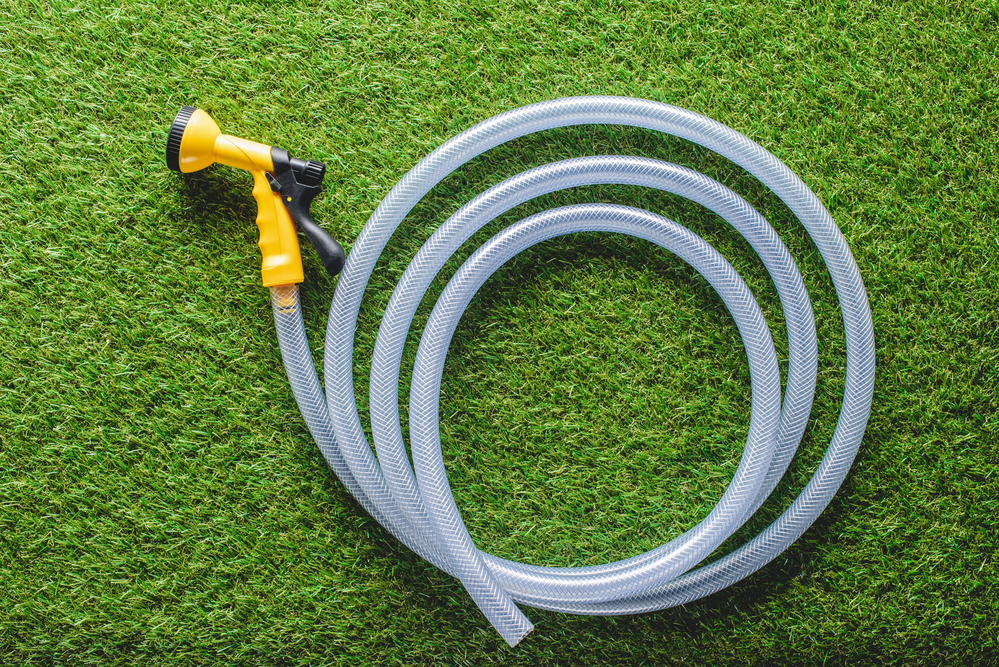
In addition to that, most of you may simply go with a garden hose with the cheapest price tags without thinking about the quality. In a very short time, you will find breakage and leaks in your garden hose.
That being said, checking on some points that will help you to find the right garden hose that will last for a long time without costing you a lot. Taking care of your garden is a fun activity with the right hose in your hand.
Below, we have compiled the steps that you can keep in mind on How to Choose Garden Hose.
Garden Hose Buying Guide
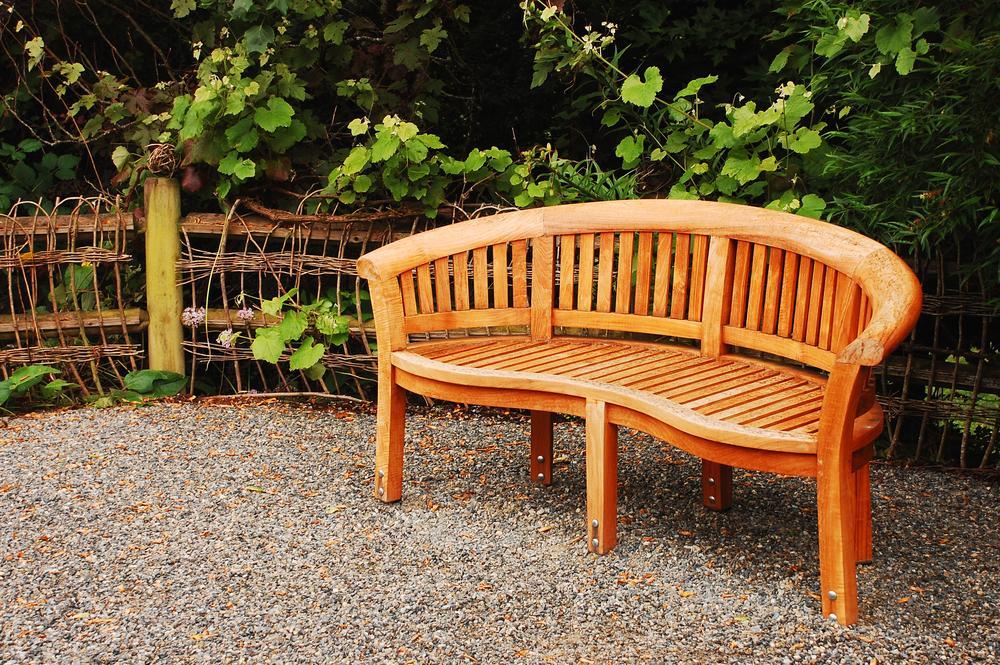
Choose the right length
In general, you will find the garden hoses in 25-foot, 50-foot, 75-foot, and 100-foot in length. The longer the hose, the more expensive it can be.
You might think that you should buy a long garden hose to handle your entire garden, but it doesn’t always work like that. A long hose can be quite heavy to move around, require more space to store, and more difficult to get winterized.
The rule of thumb is to choose a garden hose of the same length as the furthest distance from your spigot to the side of your garden. A 50-foot garden hose can fit most of the urban yard and if you need more than this size, it’s much wiser to use two hoses and join them together.
Choose the right width
The width of a garden hose determines the amount of water flow that it carries and we are talking about the inner diameter of the hose. Most of the garden hoses come with 3/4 inch, 5/8 inch, and 1/2 inch diameters.
Home experts recommend that garden hoses with five-eights inch width since it combines nice water flow and pressure. This type of hose can give maximum performance without making it feel heavy when you need to carry it around your garden.
If you prefer a lighter hose when you are treating your garden, you can go with the one with half-inch diameter but you might need to sacrifice the water flow. That’s why a hose this size is good to handle a garden that is not more than 50 feet and for easy gardening activities. You can’t use this hose for tasks that require high water pressure.
(You may also like: How to Choose the Right Shoe Rack | Home Decor Guide)
Choose the right material
Commonly, there are three types of garden hose materials which are rubber, vinyl, and a combination of both. Each type of material has plus and minus points.
Here’s what you can consider:
Rubber hoses
When it comes to the garden hose, rubber is always the best option. It’s way more durable than the other materials. You won’t find it kinking and cracking even if you put it under sun exposure. A rubber hose also allows you to use hot water without worries. It’s definitely a sturdy garden hose that you can use all seasons long.
However, rubber hose can be quite pricey which matches the quality that you can achieve.
Vinyl hoses
For those who have a limited budget, you can choose a vinyl hose which is usually reinforced with radial cords. It’s not really sturdy and feels lighter. With such quality, you need to take care of it properly like avoiding placing it under direct sun exposure and only using it for light gardening tasks.
Reinforced hose
As the name suggests, this type of house is made of a combination of vinyl and rubber which is lined with mesh between the materials. They are more durable and handle high water pressure better.
Though the hose combines two materials, it doesn’t mean that it has the greatest durability above all. You can’t really put too much water in it since it may not be able to handle it in a long run.
Keep in mind that both rubber and vinyl can contaminate your water with their chemicals which can make the water unsafe to drink. That being said, you need to choose a hose that comes with a ‘drinking water safe’ label, especially if have pets around your house.
Choose the right strength
What it means by strength refers to the burst pressure. If you often use a nozzle or sprinkle, you need to get a garden hose with a strength beyond 350 psi. You can always refer to the manufacturer’s guide to learn about the burst pressure of your house.
Choose the right flexibility
Flexibility is an important consideration when you are looking for a garden hose. The one with good flexibility allows you to store it and move it around conveniently.
You can test the flexibility of the hose by checking whether it kinks easily or not. Do not choose a garden hose that kinks since it’s an early sign that it won’t provide good performance for a long time.
In this case, the rubber hose is the winner with the sturdiness that you can always count on.
Choose the right couplings
As you may have been aware, couplings are part of the hose that allows you to attach its end to the spigots, nozzles, and sprinklers.
Don’t buy a garden hose that comes with plastic couplings since they are not durable at all. They can leak, crack, and break easily, especially when you frequently use the hose or place it under direct sunlight.
Metal couplings are still everyone’s favorite since they are the most durable option of all.
A good hose should, at least, last for around 5 to 10 years while the bad one may need to get replaced each year which can be such a waste. You don’t have to worry about leaks and cracks when you regularly maintain your beloved garden once you invest in a durable hose.
(Image source: depositphotos.com)
